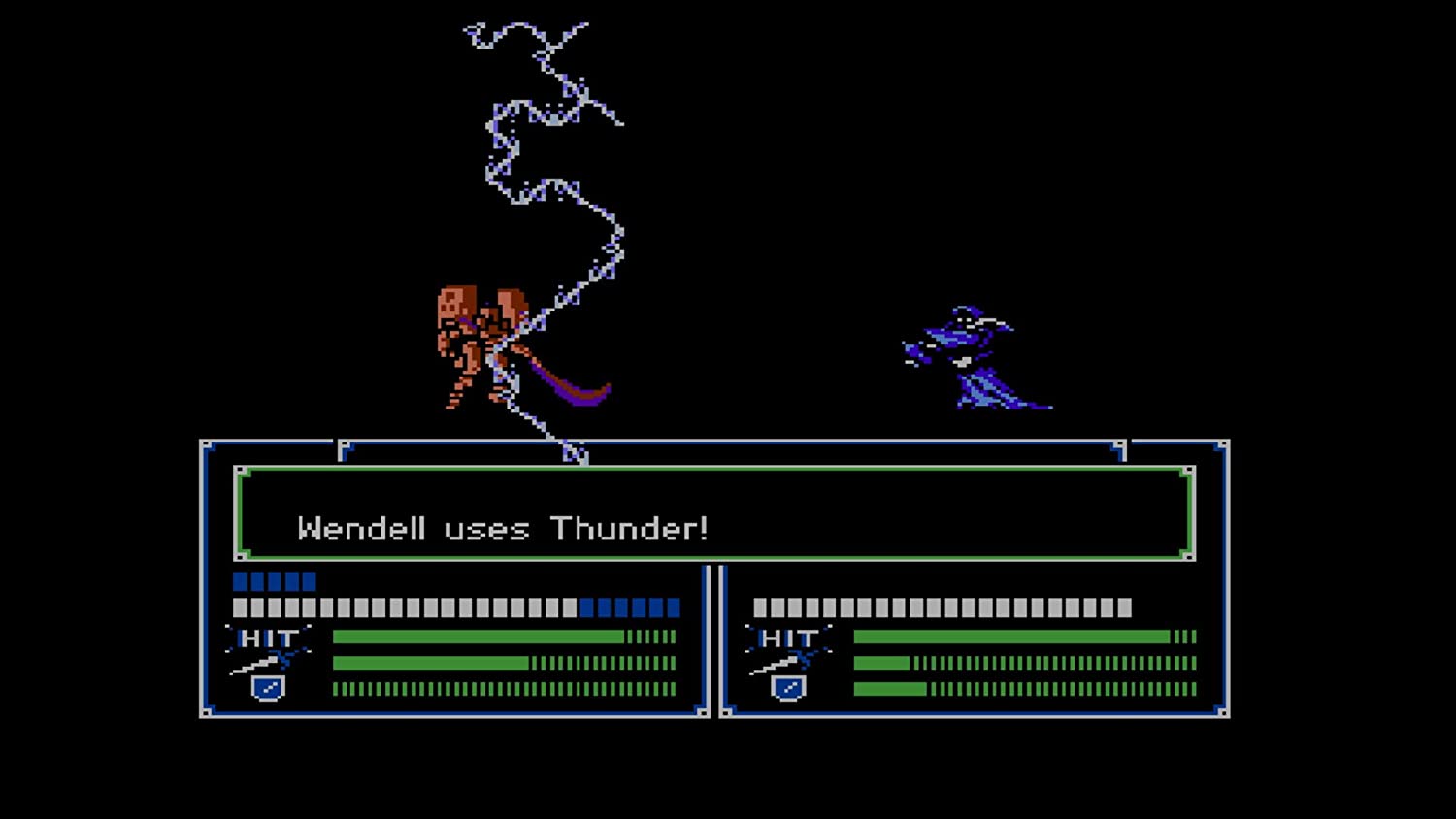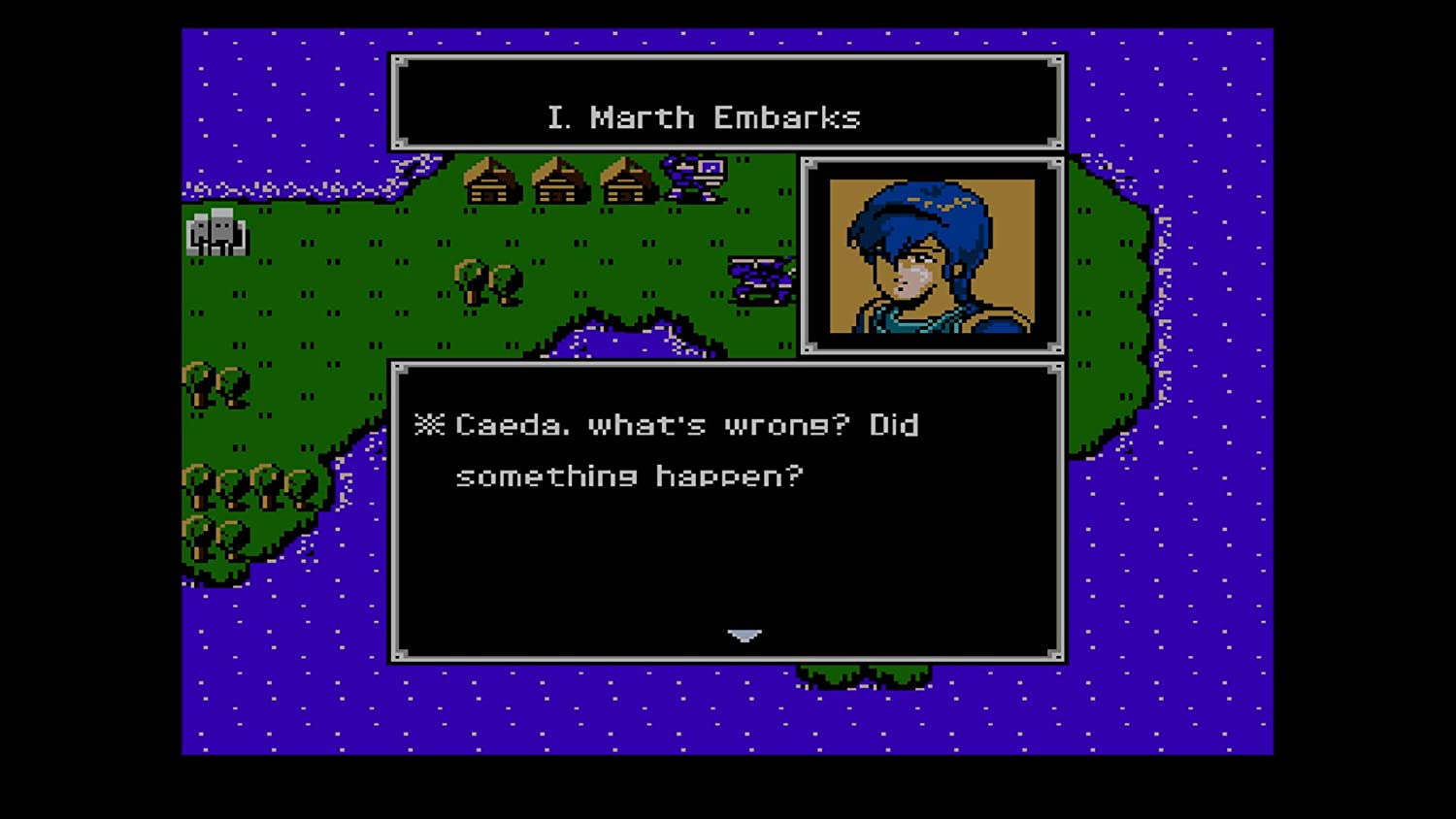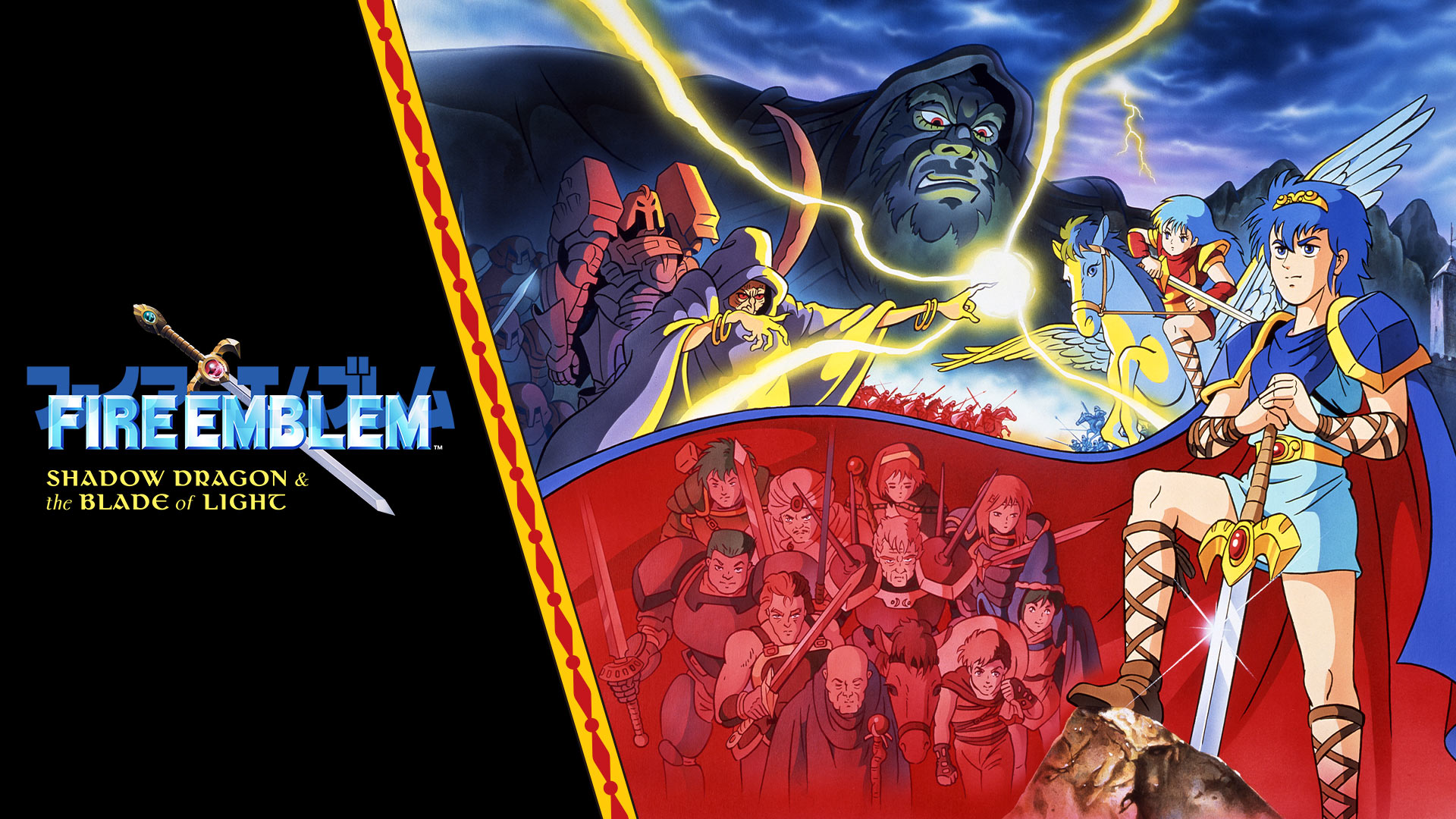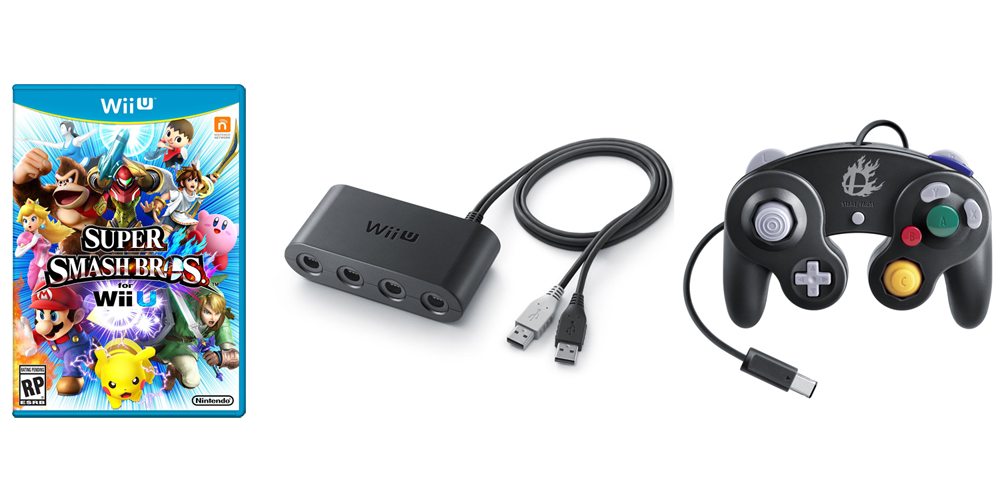It’s rather strange to admit that I’m excited about the re-release of a 30-year-old tactical RPG, and yet here we are. Fire Emblem: Shadow Dragon & the Blade of Light is the game that started it all. Back in 1990, it introduced gamers to Prince Marth and the Fire Emblem franchise, a blend of high fantasy tropes, flashy anime-inspired hairstyles, and deep, deliberate gameplay.
But only to those with a strong command of the Japanese language.
It took some three decades for Shadow Dragon & the Blade of Light to make it stateside in any legitimate capacity, and while this new Switch version finally translates the game’s text into English, it arrives without the full-blown modern reinvention some might expect. There are a handful of quality-of-life improvements that help streamline its lumbering gameplay, but it still looks very much like it did when played on a crude LCD television in Tokyo in the early ’90s—even going so far as to offer a “Pixel Perfect” 4×3 display option for those who crave even more authenticity.
While vastly different from the gameplay experience of the franchise’s most recent entry—Fire Emblem: Three Houses, arguably the finest title in series history—I was struck by how differently it compared even with the Fire Emblem games of my own youth, early 2000s releases Fire Emblem: The Blazing Blade and Fire Emblem: The Sacred Stones on the GBA.

While the skeletal structure of the game is easy enough to see—move your units around on a map, attacking enemies and leveling up for more power and efficiency—little elements that I’ve come to take for granted are nowhere to be found. Things like a highlighted movement radius and even the subtle faux-3D effects during combat are wholly absent. (Instead, you basically just have to select a unit with the white cursor and just see how far the now yellow cursor will let you go, and fights are limited to flat, blocky sprites, bigger than their on-map counterparts but still noticeably vague.)
In the absence of those, you are left with a barebones tactical RPG experience in the broadest strokes. Prince Marth and Princess Caeda repel enemy invasions and seek to topple the kingdom of Dolhr and the Shadow Dragon Medeus by recruiting troops, upgrading their skillsets, and acquiring both the titular Fire Emblem and the mighty Falchion, the (sub-titular?) Blade of Light.
In typical 8-bit fashion, story elements are generally metered out via pre-chapter text boxes, with additional tips and hints rewarding players from visiting towns and strongholds on the battle map. Not only do these secondary exchanges help explain the classic battle system (bows are effective against ariel units, etc.), they also provide information about enemy units that can be recruited to your cause.

Some crude terrain effects also make an appearance, with pirates able to traverse water and flying units crossing high mountains generally unscalable by other characters, as do regular appearances of the armory (used to by weapons) and the convoy (used to deploy said new gear). Of course, this game is also the origin point for Fire Emblem‘s two most frustratingly hardcore elements, exhaustible weapons and perma-death.
Armaments, from swords to staves, each have a numerical designation, and once that number reaches zero, they are broken and must be replaced. Your party members, however, are not so lucky. If their health reaches zero, they are removed from play.
To help smooth out the particular rough edge of potentially losing your favorites units, Fire Emblem: Shadow Dragon & the Blade of Light does allow for some fudging.
While the A button brings up the standard menu, showing you your convoy goods and funds and allowing you to manually end a turn (which you must do, even after exhausting all your warriors), X brings up a different expanded menu. Herein you can create and load bookmarks (save states) and rewind gameplay to before your recent catastrophic encounter. You can also alter the display and even access fast-forward settings, letting you double all gameplay or simply the CPU’s turn.
It might not seem like much, but it does go a long way to make a game that is, even to us Fire Emblem diehards, kind of a slog much more palatable to modern gamers.
So, will all fans of Three Houses love this veritable blast from the past? Certainly not. And even those who’ve waited for 30 years to finally play this bad boy in their native language may find it hit or miss.
But, at least for a rabid turn-based strategy gamer like myself, it’s a piece of gamer history that must be experienced. And, while you can’t always put a price on history, $5.99 seems like a well-reasoned cost of admission.
Review materials provided by Nintendo of America. This post contains affiliate links. Jagen is a beast!




